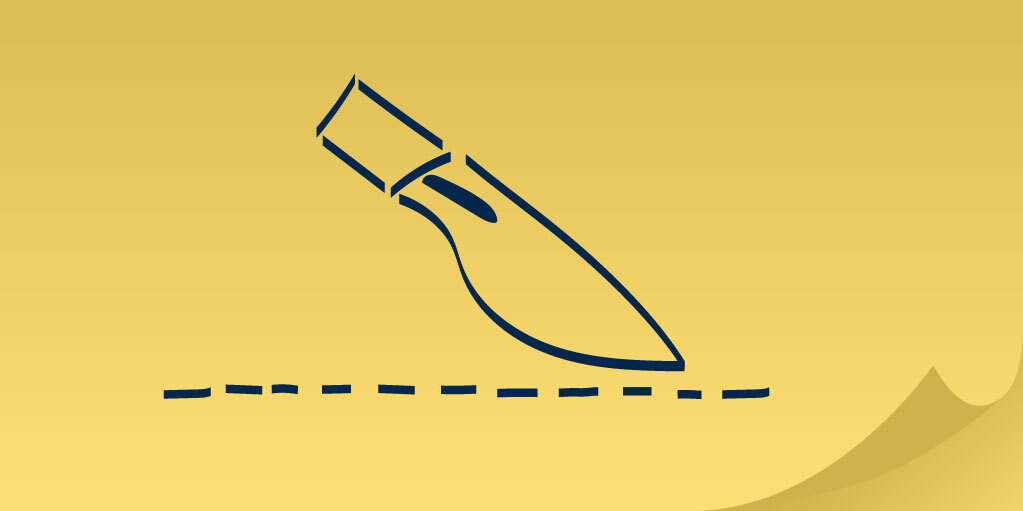Rigging a prosthetic arm so that it can be intuitively controlled by a user’s brain signals is amazing. Discovering that you can treat or even prevent pain from amputations as part of that work is the icing on the research cake.
That surprise finding is what’s behind two clinical trials underway now at Michigan Medicine.
The key is regenerative peripheral nerve interfaces (RPNIs), which have been implemented to enable naturalistic prosthetic control in upper-limb amputees. Work on RPNIs started with a multidisciplinary team led by Paul Cederna, M.D., Chief of the Section of Plastic Surgery at Michigan Medicine, and Cindy Chestek, Ph.D., Associate Professor of Biomedical Engineering at the U-M College of Engineering. The team buried upper limb amputee patients’ severed nerves into small free muscle grafts and inserted wires into the grafts to boost the signal from the nerves to control a prosthetic limb. The results for mind-controlled movement of the prosthesis were stunning. Finding that the procedure could also alleviate pain was a happy bonus.
“It was one of those fortuitous discoveries that happens in research,” said Theodore Kung, M.D., a Clinical Associate Professor of Plastic Surgery at Michigan Medicine.
Kung and his co-principal investigator (PI), Stephen Kemp, Ph.D., an Associate Research Professor in the Section of Plastic Surgery, are working on a prospective clinical trial that sprouted from that discovery.
The trial is in its fourth year of recruitment and is using RPNIs to treat and prevent amputation pain after lower limb amputation. That trial is tracking two different groups of patients: Those receiving RPNIs to treat neuromas from existing amputations (the treatment group) and those receiving RPNIs at the time of amputation (the prophylactic group). The trial will evaluate the potential for RPNIs to prevent neuromas from developing in the prophylactic group and study the efficacy of treatment in the treatment group .
Another trial, recently funded, is a joint venture with the Curtis National Hand Center in Baltimore. It will be a randomized, controlled study comparing the outcomes of patients receiving RPNI surgery to treat amputation pain in the fingers and hand to those receiving the current standard of care, traction neurectomy, which involves burying a severed nerve into nearby tissue.
The collaboration with the Curtis National Hand Center is key because of the volume of hand traumas the center sees. There’s also a Michigan connection: Aviram M. Giladi, MD, MS, the co-PI in the trial, completed his residency with Kung at Michigan Medicine.
When nerves lose a target, the result is neuromas—and pain
The root of nerve-related amputation pain is neuromas, hyper-sensitive masses that form at the end of severed nerves. Without a muscle target to connect to, the nerves form a tumor-like structure that are not only painful, but can interfere with patients’ ability to tolerate a prosthesis.
“When you cut a nerve, all those nerve axons have lost their end targets. They want to connect to something, and this inclination is so powerful that you can’t even stop them from regenerating. But without any targets, there is nowhere for them to go and neuroma formation is inevitable,” Kung said.
Traction neurectomies can provide relief, but the rate of symptomatic neuroma recurrence is high.
RPNIs involve the use of free muscle grafts, which have no nerve or blood supply, giving the severed nerves their desired physiologic targets. The muscle grafts regenerate and revascularize and the nerve’s axons sprout into the muscle graft. With more functional connections, the erratic axonal sprouting that triggers neuroma formation is dramatically reduced.
Another benefit of RPNI is that it is technically easier to perform than some other surgical approaches to neuroma management. For example, unlike targeted muscle reinnervation (TMR), which involves nerve transfers to reroute severed nerves to new muscle targets, RPNI surgery does not doesn’t require additional technical expertise.
Kung is encouraged by initial findings from the lower-limb trial, which have shown promising results in preventing neuroma formation as well as the development of phantom limb pain in patients who get RPNIs at the time of amputation.
“Some of the most positive results in data is at the 12-month post-operative time point in the prophylactic group, showing that those patients have better prosthetic use and better self-reported pain measures,” Kung said.
One reason the treatment group might not be reporting as much pain relief, according to Kung, is their longstanding peripheral pain has become centralized. That process, not fully understood, leads to changes in the brain and spinal cord and exacerbates the individualized experience of pain—essentially hard-coding it.
“That finding highlights how significant centralization of pain is to patients with chronic pain,” Kung said.
Changing the standard of care
Since learning that RPNI surgery could effectively treat amputation pain, the plastic surgery team at Michigan Medicine has performed the procedure hundreds of times, and presented findings based on both retrospective and prospective data.
The procedure has become the standard of care for neuromas in the Section of Plastic Surgery, but more prospective data is needed to spur widespread adoption of RPNI surgery, Kung said. These ongoing clinical trials are an important step to providing more data to better understand the procedure and producing publications to disseminate their findings.


